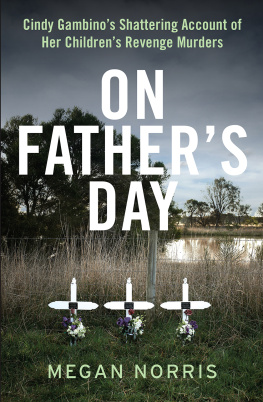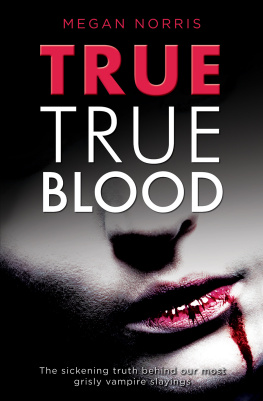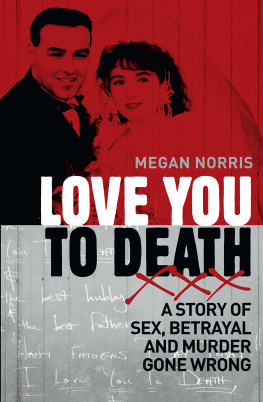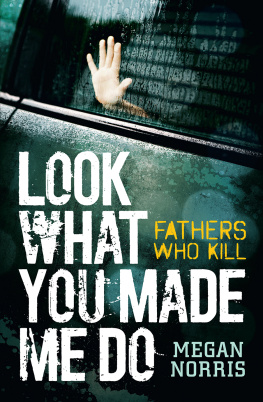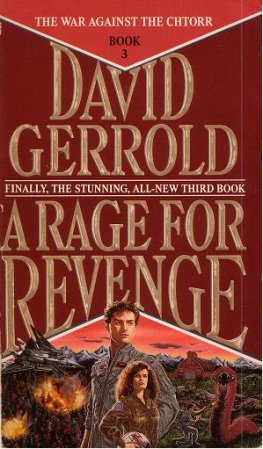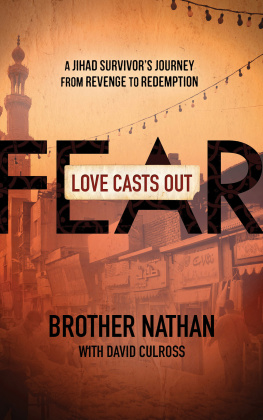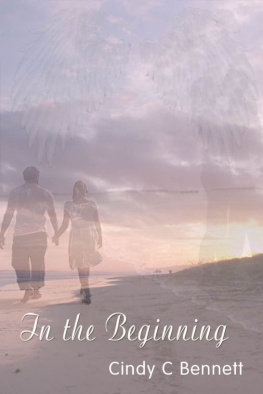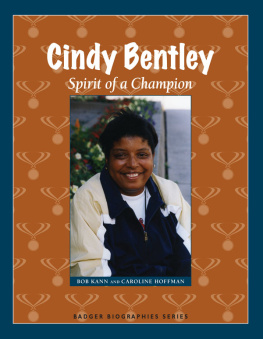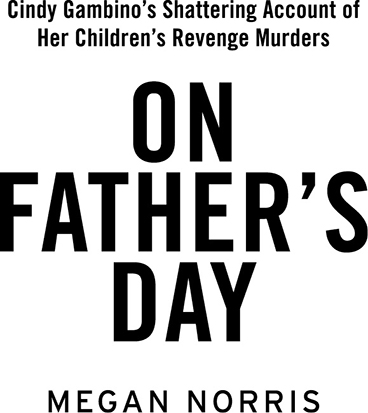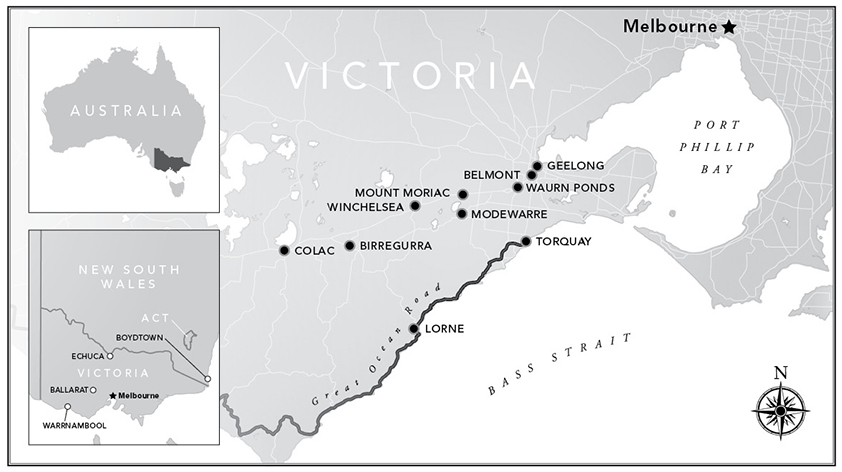Publishers Note
All statements quoted throughout this book relating to police interviews and witness testimony, whilst occasionally ungrammatical, have been accurately checked against transcripts and reflect the idiosyncratic language of particular individuals.
For Jai, Tyler and Bailey.
Your mum promised to be the voice you were denied on Fathers Day 2005, and I promised her I would be hers. This is her story and yours.
Foreword
The release of this powerful book is timely. There is growing concern about fathers who kill their children, but we struggle to understand their actions and the motivations for their crimes.
Yet these tragedies are not inexplicable. When fathers deliberately kill their children, it is often because they are angry with their former partners for leaving the relationship. The father may appear to love his children and may not have been violent toward them. The act of killing them appears to be directed against the mother as the ultimate form of punishment.
In researching cases where fathers kill their children after separating from their partners, I have come to understand their behaviour as part of the broader social problem of violence against women. Robert Farquharson, the father whose actions are so vividly depicted in this book, indicated an intention to pay back his estranged wife, Cindy Gambino. Taking away what mattered to her most her children would ensure she suffered for the rest of her life.
Not understanding why fathers kill their children after separation, we fail to recognise that the mother is the real target. There is a widespread perception that fathers are driven to act violently because the Family Law process too often deprives them of access, causing them enormous distress. But in many instances, fathers have actually killed their children during access visits.
There is no logic to the thinking that a person would decide to kill his children out of distress about not spending enough time with them. If, however, the person is consumed with anger and hatred towards his former partner, it is a horrifyingly effective way for him to take revenge on her.
Cindys story is important because we understand so little about these cases. By sharing her experience, she has helped us understand these events so we can equip ourselves to prevent further deaths.
This book provides vital information for those who deal with family separation and violence police, lawyers, judges, mental health workers, mediators, family violence support workers and those who conduct mens behaviour change programs. The more we can learn about these cases, the better we will be at identifying risk factors and devising appropriate interventions.
Indeed, the whole community can benefit from reading this book. Fathers who kill their children often tell someone of their intentions perhaps a family member or a friend but their threats are not taken seriously. Yet, if people are aware of the potential risks to children when such threats are made, they may be better able to respond.
When a father kills a child, it has an indescribable impact on surviving family members, particularly the mother. As Cindys story demonstrates so vividly, for a mother to lose her children is a source of unimaginable grief. That grief is compounded when the perpetrator is the childrens father and the mother is forced to live with the knowledge that her childrens lives were senselessly taken as a means of punishing her.
One terrible outcome of our lack of understanding is that mothers are often implicitly held responsible for their childrens deaths. Victims of family violence are blamed for their own victimisation. But responsibility for violence lies with the perpetrators and with the community that allows the attitudes underlying family violence to persist.
In this book, Cindys experience and Megans thorough research combine to provide a devastating, confronting and utterly compelling read. I commend it as a unique contribution to our knowledge of this intractable issue.
Thank you, Cindy, for being brave enough to tell your story under such extraordinarily difficult circumstances, and thanks to Megan for undertaking this work. It is very difficult to write about such traumatic events. It is now up to the rest of us to learn from Cindys experience and to find ways to prevent family violence and further deaths.
Dr Deborah Kirkwood
Researcher, Domestic Violence Resource Centre of Victoria and Adjunct Research Fellow, Monash University
Chapter 1
The Photograph
Jai and Tyler were racing in and out of the bathroom with their hair still wet, flicking each other with towels. It was the day of Tylers birthday party, and theyd been running on adrenalin from the moment theyd opened their eyes that morning. But their mum was on a mission.
Come on, this wont take long, Cindy promised, ushering them into the lounge, where shed placed 2-year-old Bailey in the middle of the blue sofa. The older boys leapt on the cushions either side of their baby brother, giggling and pulling faces, trying to get him to belch out the belly laugh that made everyone else laugh too.
The other mums at playgroup said Baileys smile could melt hearts. Cindy guessed hed break a few too when he was older, with his cheeky grin and chocolate-brown eyes. But for now he was her baby, and with the older boys growing like sunflowers, Cindy was determined to enjoy every second of her time with this delightful tot.
Now, I want you all sitting up straight and smiling, she said, grabbing her digital camera as the boys sat to attention.
Tyler, Cindys middle son, had turned 7 the day before, and shed slipped two $50 notes into his birthday card so he could choose his own present at the nearest Kmart. She wasnt too happy when he decided to spend almost half of his birthday money on a giant laser gun, which hed no doubt be zapping at his brothers by the time they got home. Still, the Power Rangers toy was no surprise. Tyler was an avid collector of the series, his line-up taking pride of place in the bedroom he shared with his brothers.
As shed watched Tyler wandering around the toy section, his money burning a hole in his hand, Cindy had wondered where seven years had gone. Shed spent most of his lifetime stuck in an unfulfilling marriage to his father. When shed married Robert Farquharson in August 2000, theyd already been together for more than six years and had two sons. Yet even on her wedding day, shed had doubts about her relationship with Rob.
On the surface, things seemed unexceptional. Rob was a hard worker, pleasant and amiable enough. They were renting a house in the Victorian township of Winchelsea, close to their parents and long-time friends, while they built a new home on the other side of town. But underneath the faade, Cindy and Rob were drifting apart. By the time Bailey was born, two years into the marriage, Cindy had begun to feel that nothing could plaster over the cracks.
Were going nowhere, she told her neighbour, Kathy Carter. Its a mortgage, not a marriage. I dont love him Im over it. It wasnt simply boredom that was undermining the relationship. Things had been steadily deteriorating since 2000, when Robs mother, Faye, had been diagnosed with cancer. Shed passed away before Bailey was born, and by then Rob had become moody and unpredictable.

